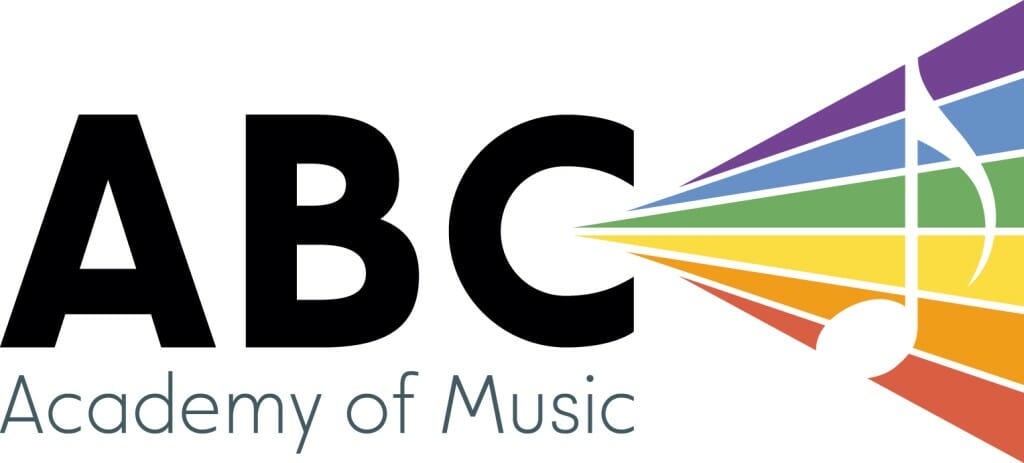Hi everyone,
Here are your assignments for this week:
Elliot
Recommended minutes to practice: 15-20 minutes per day
What to practice: Practice beats #13-15 from the new page as well as the two variations of the main beat from “Watermelon Man” by Herbie Hancock: https://drive.google.com/drive/folders/10YGpSqgr9Z2SExyhXz7k1evG3C0t2VEc?usp=share_link
How to practice it most effectively: With the new beats, focus on the control of your left hand in order to create a large difference in sound between the ghost notes and the regular notes. This all has to do with the “up-stroke.” With a regular note, you lift the stick up before bringing it back down to the drum. With a ghost note, you don’t need an up-stroke, but rather you tap the stick again the drum head with a small downward motion. This keeps the ghost notes very soft and light.
Jared
Recommended minutes to practice: 15-20 minutes per day
What to practice: Practice beats #9-12 from the page you have at home and also practice the first four measures of “Bohemian Rhapsody” by Queen: https://drive.google.com/drive/folders/1JX6UYuVpfhBjfawAizC8uiaZhTAKinrs?usp=share_link
How to practice it most effectively: With the drum beats, focus on counting in your head (or out loud) as you play. This will help you to develop more consistency with the rhythm. Take things slowly and make sure that you are playing the correct number of hi-hat notes in each beat. With the first four measures of Bohemian Rhapsody, focus on the crashes that appear in the beat. It is important that you can move back and forth between the hi-hat and the crash with your right hand without changing what you’re playing on the bass drum and snare drum.
Noah
Recommended minutes to practice: 15-20 minutes per day
What to practice: Practice the Intro, Main Beat, and Chorus from “Good Times Bad Times” by Led Zeppelin.
How to practice it most effectively: Keep practicing things slowly for now. Focus on rhythmic precision so that when you speed things up later, you can still maintain the correct rhythms in each section of the song. Once you feel confident playing each section of the song individually, then practice the transitions. The Intro goes straight into the Main Beat, and the Main Beat goes straight into the Chorus. At a slow speed, practice going all the way through the three sections without stopping.
Koel
Recommended minutes to practice: 15-20 minutes per day
What to practice: Practice your B-flat scale as well at the song you’re working on at school.
How to practice it most effectively: With the B-flat scale (and every other scale that you will work on) first find all of the notes on the keyboard and say the note names out loud: “B-flat, C, D, E-flat,” etc. Every major scale has seven different notes in it (eight in total because the bottom note repeats at the top). Once you find each of the notes, then try to visualize all of them in a line on the keyboard. Look for any memorable patterns in the collection of notes. Then, after committing the notes to memory, practice playing the scale up and down.
Caroline
Recommended minutes to practice: 15-20 minutes per day
What to practice: Review all of the syncopated drum beats that are in your book (there are nine of them) and also practice coming up with your own drum fills.
How to practice it most effectively: With the drum beats, focus on accuracy and consistency. Many of these beats will come up in other songs that we will learn, so it’s important to be able to play them comfortably many times in a row. When practicing drums fills, come up with a rhythm that sounds good to you and then think of a few different ways of moving that rhythm around the drums. Remember the things that we worked on in your lesson: using all the drums (including the bass drum) and playing different numbers of notes on different drums. Once you come up with a drum fill that sounds really good to you, write it down and/or commit it to memory.
